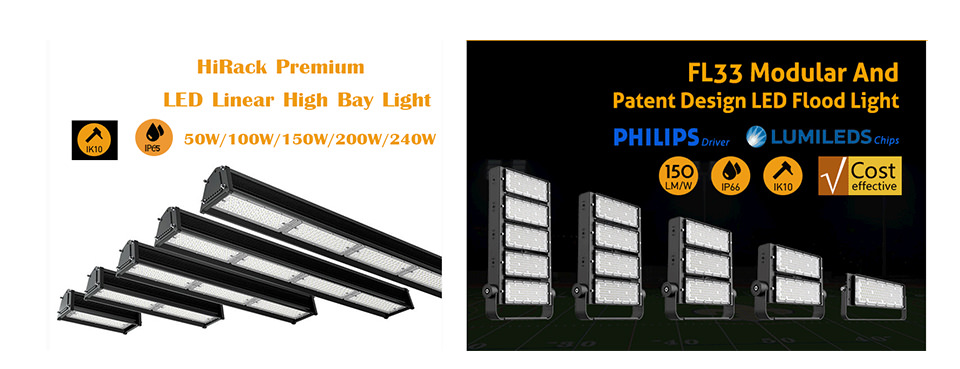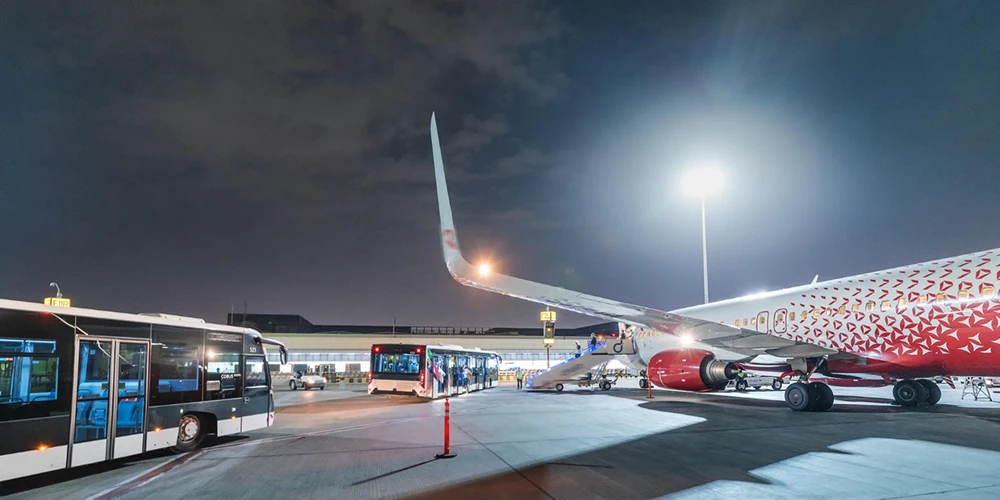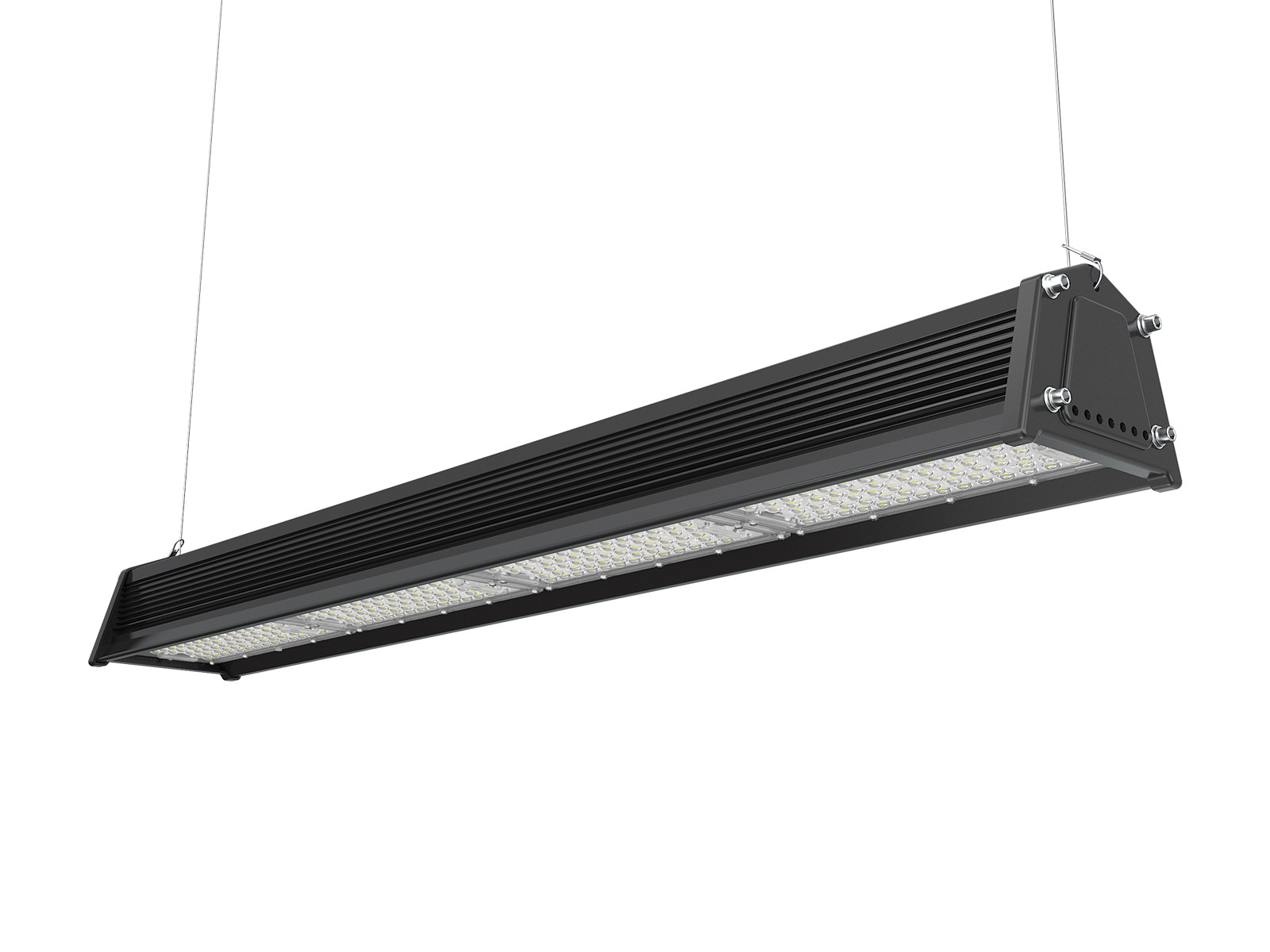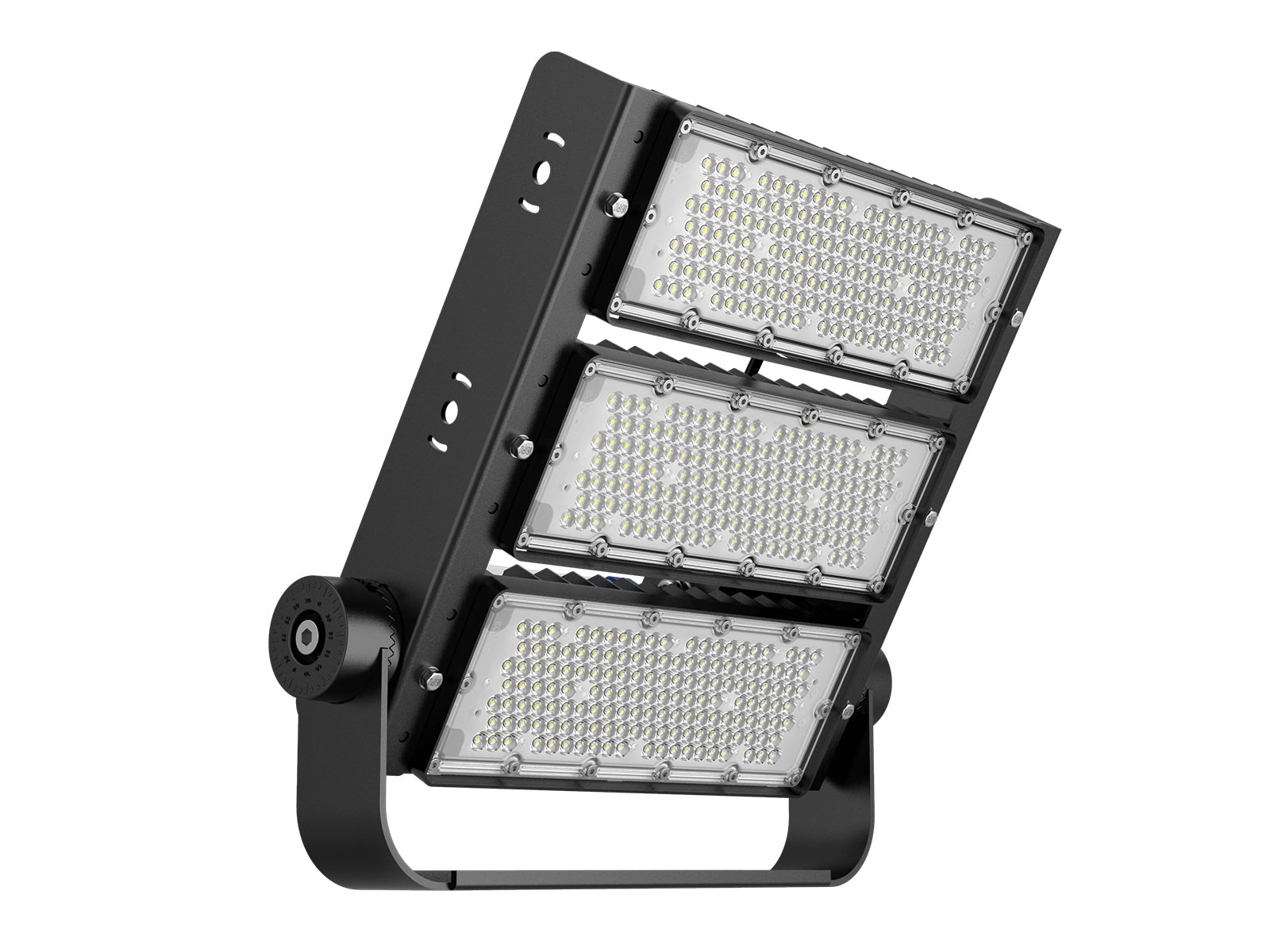Nowadays, LED lights are widely used in our daily life. Nevertheless in retail store, parking lots, warehouse, tennis courts or manufacturing, LED lights are selected as they are cost-effective and energy saving. Except for the advantages of LED lights, we also concern about the quality and the impact resistance. The lights should meet different requirements in various applications to ensure safety for both environments and people. For some places like football courts, streets, roadside and sports stadiums, it is critical to ensure that the lights can work properly even if they are damaged or broken because of a certain degree of impact by balls and other objects. Otherwise, people will be hurt or plugged into darkness. Thus, there is an IK Code to indicate the protection against mechanical wear and tear.

What is IK Code
IK Code applies to the level of protection from external mechanical impact for enclosures of electrical equipment. It only applies to enclosures with special requirements for the level of protection against external mechanical impact.
The IK Code was originally defined in European Standard BS EN 50102. It was adopted as an international standard in 2002. The standard was renumbered EN 62262. Before the advent of the IK code, a third numeral had been occasionally added to the closely related IP code on ingress protection, to indicate the level of impact protection - e.g.IP66(9). But this system was non-standard, so a development standard appeared, which used separate two numeric codes to classify the enclosure impact resistance.
The test requirements for resistance to the mechanical impact of IK code are as follows:
- The test should be conducted at the required temperature and air pressure
- The protection class applies to the entire enclosure. Unless specified in the relevant product standard, the housing shall be clean, new and complete for all tests.
- The test shall be performed with the lights fully assembled and installed
- The lamp should not be energized during the test and there are no pre-treatment requirements for testing samples
- If the installation of the luminaire may affect the test results, the test should be performed at the intended installation location of the luminaire
- If the impact test cannot achieved due to the structure of the luminaire, a special luminaire can be used to complete the test. However, the lamp should not be replaced in a way that weakens its mechanical strength characteristics.
IK Rating
IK rating consists of two numbers, namely IK01, IK02, IK03, IK04, IK05, IK06, IK07, IK08, IK09 and IK10. The higher the number, the better the protection. Joule is a unit of energy, which is used to measure the energy of testing.
The IK code is tested with three different hammers - pendulum hammer, spring hammer, and free-fall hammer. The type of hammer must be selected according to the type of stress. Spring hammer is used for testing impact from IK01 to IK06, while free-fall hammer tests the impact from IK07 to IK10. The pendulum hammer is applicable to test the whole range. If a higher level of protection than IK10 is reached, the code is IK 10+. Regardless of the additional energy effect, the standard recommending a value is 50 J (joules).
IK code numbers represent anti-collision energy value. The table below shows the relationship between the IK code and impact protection classifications.
|
IK Code |
Impact Energy (J) |
Impact Protection Classifications |
|
IK01 |
0.14 |
Protected against the impact of a 0.25kg mass dropped from 56mm above the impacted surface |
|
IK02 |
0.2 |
Protected against the impact of a 0.25kg mass dropped from 80mm above the impacted surface |
|
IK03 |
0.35 |
Protected against the impact of a 0.25kg mass dropped from 150mm above the impacted surface |
|
IK04 |
0.5 |
Protected against the impact of a 0.25kg mass dropped from 200mm above the impacted surface |
|
IK05 |
0.7 |
Protected against the impact of a 0.25kg mass dropped from 280mm above the impacted surface |
|
IK06 |
1 |
Protected against the impact of a 0.25kg mass dropped from 400mm above the impacted surface |
|
IK07 |
2 |
Protected against the impact of a 0.5kg mass dropped from 400mm above the impacted surface |
|
IK08 |
5 |
Protected against the impact of a 1.7kg mass dropped from 300mm above the impacted surface |
|
IK09 |
10 |
Protected against the impact of a 5kg mass dropped from 200mm above the impacted surface |
|
IK10 |
20 |
Protected against the impact of a 5kg mass dropped from 400mm above the impacted surface |
Note: IK00 means the tested lights have no protection under this standard.
Application of IK Code
We know what IK code is and how to test it, so let’s talk about how to choose the fixtures with the proper IK code for your application. First of all, the choice of fixtures depends on the place. The same as the IK code. You may not need the fixtures with high IK grade for bedrooms as it is not likely to have intense impact. But for streets, football and tennis courts, the lights with high IK code are necessary to protect the lights from unforeseen impact. The outdoor fixtures face dust, water, extremely high or low temperatures, collision, etc. They should remain functional even in the worst environment. Therefore, choosing the fixtures with the appropriate IK grade for your place is important.
Generally, the fixtures with the IK code higher than IK08 can withstand most of the mechanical impact, and the lights with the IK10 rating are equipped with the highest protection. AGC offers the fixtures with an IK10 rating to meet your needs for harsh environments -- FL33 LED Flood Light and HiRack LED Linear High Bay Light. They are able to protect the lights from 20 joules of mass impact. If you need the lights for warehouses, tennis courts, soccer fields, etc., we are sure that they can add value.















